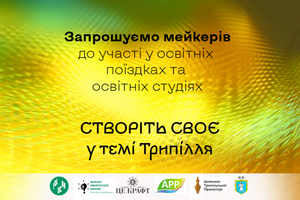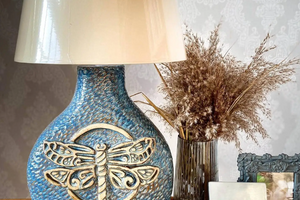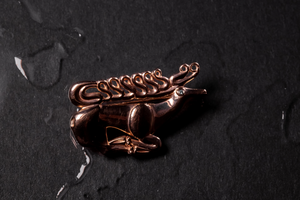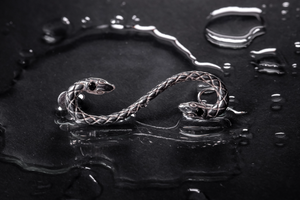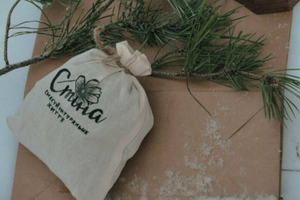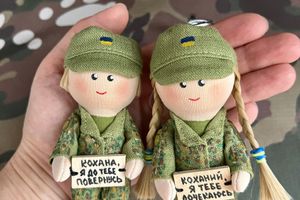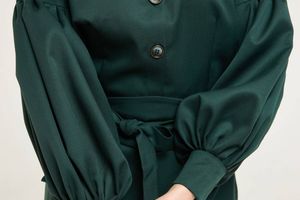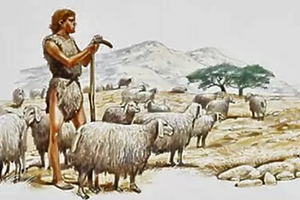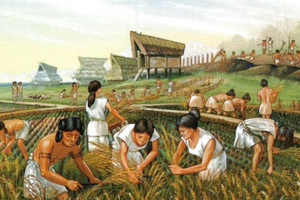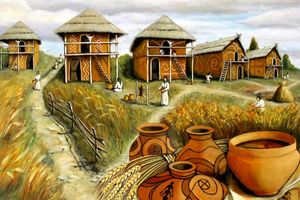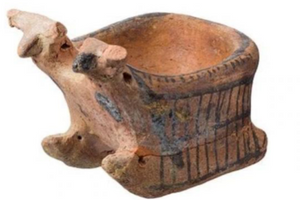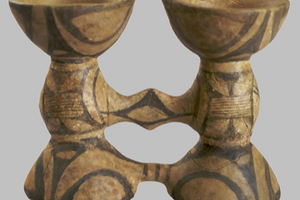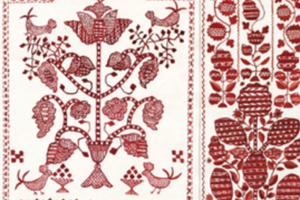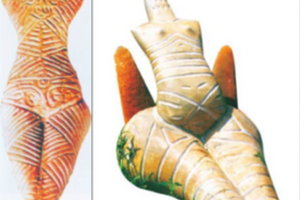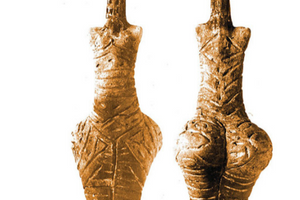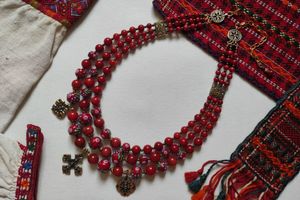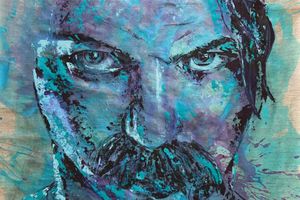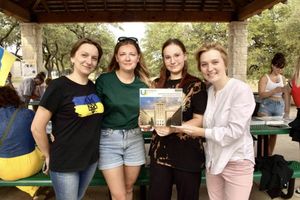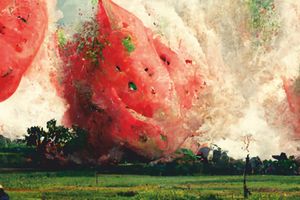How can we find out what our ancestors thought and believed?
We need to study their culture and art. If you study the life and rules of construction of of Trypillian houses we learned about male-female relations and family structure, then to understand what they were thinking about, we need to investigate what our Trypillian ancestors did outside of work, how they decorated their lives, what meanings they left in the intangible spiritual plane to their descendants. Just as scientists study life through songs and writing when they appeared, so we will study the drawings on the jugs that the Trypillians left us.
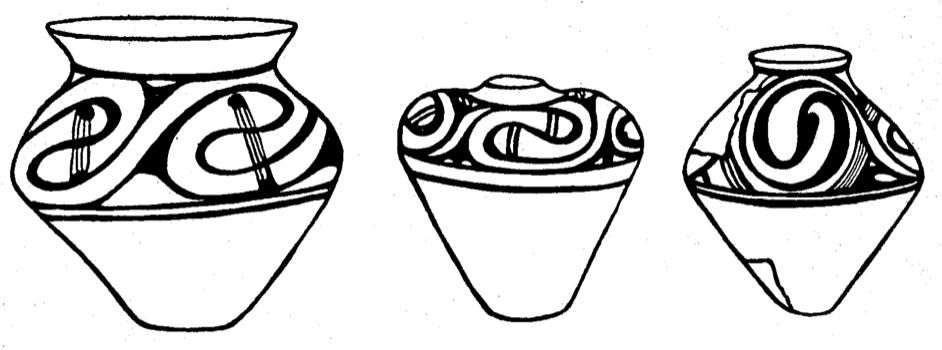
If you have not yet visited the village of Lehedzyne (Cherkasy region) in the State Historical and Cultural Reserve "Trypillian Culture", we will tell you that the painting techniques of Trypillians were two "colors", multi-color painting (polychrome) and one-color (monochrome), as well as the application of ornaments by scratching. It should be noted that these colors are not glazes, that is, colors as we now imagine ceramic products, but these were natural techniques: the clay vessel was fired first without or with painting, then ornaments were drawn with "paints"-anglobes. (In fact, anglo is the same clay, only liquid, which can have the natural color of red or white clay or be colored with pigments that could be obtained at that time. Such paint is applied to the product directly when modeling the product or after the first firing).
Each composition has its own concepts and they definitely have a meaning and carry a meaningful vision. If in the early stages of Trypillia culture (4200 BC) we can find more realistic images, we will notice that in the 3000 and 2000 centuries their existence becomes art, and we can be inspired and studied through symbols and their deep meanings.
The ornamental and symbolic images of Trypillian painting can be combined into a single sacred and mythological type, dividing them into groups according to motifs: anthropomorphic (images of human deities), zoomorphic (images of animals) and cosmic-zodiacal (geometric). Trypillian ornamentation is not just a decoration of the surface of objects, but a complex artistic phenomenon that carries deep symbolism and cultural heritage of civilization. We will consider with you only one element of the painting, which carries the most profound meaning for our understanding of who lived on our territories. This is the meander.
There are quite a few meanders in world culture. The Mizyn meander (20,000 B.C.), which was the lunar calendar of our Stone Age ancestors, is just one example. There are floral and wavy meanders that appeared later in other cultures and will be more for decoration, because in later times there will be a word to tell stories with. And in pre-literate times, ornaments were nothing more than a symbolic language, the schemes by which the first people we know lived and counted time. The meander in Trypillia is about the universe and its laws.
Cosmic motifs in Trypillian ornamentation are represented by a number of symbolic elements that are important to the community. The meander, or spiral, is one of the most common elements in Trypillian painting. It symbolizes the infinity of movement and the cycle of all living things, the continuous running of the sun and celestial bodies across the sky, and the Earth's running in the universe. Meanders were painted as endless multi-component ornaments that had no end. While in other cultures we see ornaments that repeat the same element, like a pattern, in the Trypillia Meander there are several such elements and they all have meaning.
The meander is a diagram of the universe in the Trypillians' view
Astronomers and astrologers will find in Trypillian meanders a stylized but quite accurate scheme of the movement of the heavenly bodies. In the picture you see a serpentine arc in a cycle of similar arcs. This is how the inhabitants of the earth see the course of the planet, which has a forward motion, then turns into a "retro motion" and then turns back into a forward motion. In fact, we know that none of the planets moves backwards, but because we earthlings see everything from the point of view of an inhabitant of the Earth, and all planets move at different speeds, we sometimes see that a planet has stopped, stood up, and then went backwards. But in fact it is not so - we just have different speeds and different eclipses (paths) of movement. Trypillians contemplated the night sky for 2.5 thousand years and studied the cycles of the heavenly bodies, just as the inhabitants of the Mizynska era showed the movement of the moon and its cycles in their ornaments. You can imagine how deep their knowledge and sense of beauty were to stylize it into a single ornament and plasticity of lines. And it is not surprising that we can see a schematic stylized representation of the retrograde planets on their ceramic works.
The black circles with thin lines connecting them may be signs of eclipses of the Sun and Moon, which occur twice a year: the spring cycle of eclipses of the Sun and Moon (May-June) and the autumn-winter cycle (November-December). Or it could be the cycle of the Spring and Autumn Solstice, because Trypillians honored these days as ritual days. Sacred actions were held to pay homage to the Sun and the natural forces of water and earth, which give the harvest.
Modern earthlings laugh at the notion of retro planets, when something doesn't work out, it means it's retro Mercury now. This is partly true, if you know that Mercury in astrology is responsible for most everyday affairs, such as negotiations, trade, short trips, disputes with neighbors and relatives, correspondence, and any everyday transfer of information.
But even if we reject the modern devaluing view of the influence of retro-planets on people, let's imagine how Trypillians saw and understood them.
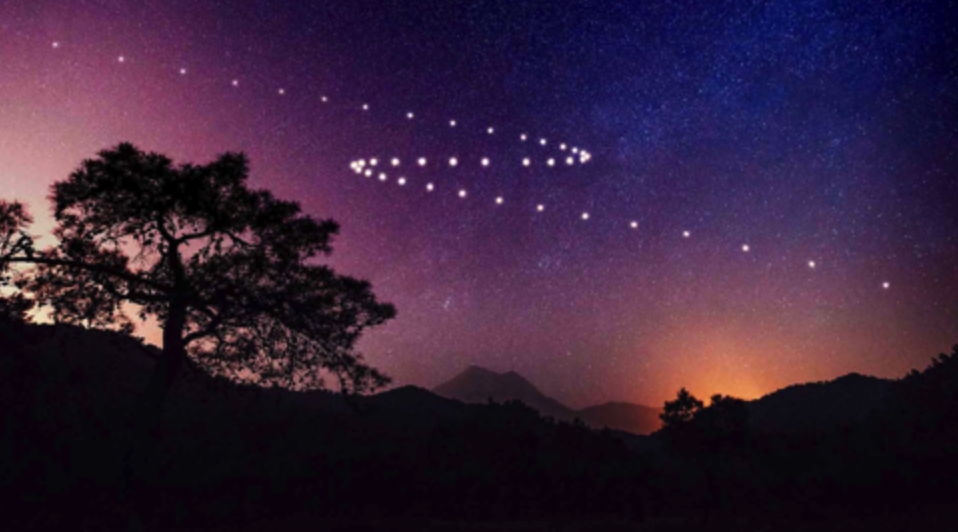
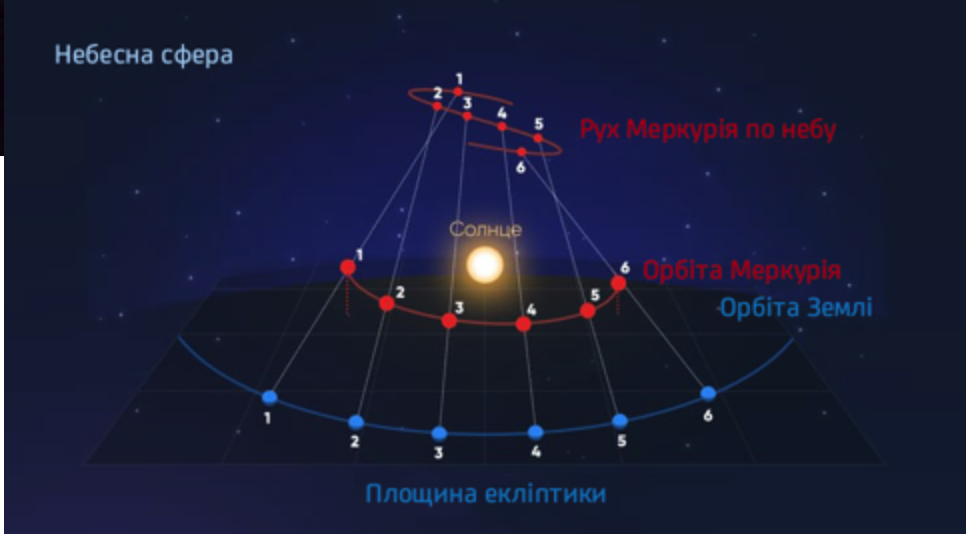
You live in a settlement with no light except for a fire in a specially designated hut for cooking, with plenty of space around you, time to think, time to contemplate, time to comprehend natural phenomena and their impact on you. You work during the day to grow grain by doing simple manual labor, or you tend livestock, and you even have a favorite stallion or sheep that you think is smarter than the others. This is during the day, when the sun shines in the sky. In the evening, at night, and even in the morning, you have a great quality image of the sky, stars, comets, meteor showers, gas formations, the Milky Way - you can see it all, because there is no electricity and no city lights, which reflect moisture in the lower atmosphere and obscure the priceless picture of the starry night sky for contemporaries. You contemplate the movement of the planets and stars every day, see how the sky moves, some bright points move slowly, some faster, some appear earlier, some can be seen only in winter. How the sky changes in summer - the night gives you the feeling of a high sky, a vast space above your settlement. Will this make you respect nature more? thank the Sun, even just for nothing, without deifying it, but simply enjoy the natural change of night and day, warm and cold seasons.
Trypillians and Sumerians - the first astronomers and astrologers
Let's take a look at another Meander - with a large filled circle in the middle and thin circles around it. Do you see in these ornaments a diagram of the solar system and the circles and ellipses of the orbits of the planets that go around the Sun? The Sun - then three thin lines of the ecliptic of the planets to the Earth, the line of space and three more lines of the ecliptic of the slow planets. We know that the Sumerians, who appeared in the same period as the Trypillians in 5400 BC, were outstanding and seemingly the first astronomers and astrologers. The scientific world knows that the Trypillian culture of Cucuteni (modern Ukraine-Moldova-Romania) and the Sumerian culture, which was in Mesopotamia between the Tigris and Euphrates rivers (modern Iraq, Kuwait, parts of Saudi Arabia, and parts of the Turkey-Syria and Iran-Iraq borders), are the cradles of civilization from which other peoples came. So we know about the Sumerians that they were astronomers. And why do we think that the inhabitants of other civilizations did not see and explore the sky? This is the only reason why there is such an opinion that no artifacts have survived. They do exist, but they are just ceramic products, which are the only ones that could be left to us from the time, because there were no other materials that our ancestors used. And thanks to their house burning rituals, we have a large amount of data in ceramic walls and objects.
Is meander a mascot?
It is possible to find information that the Meander is also associated with the ancient image of a snake or a snake, which in Ukrainian mythology was considered a sacred animal symbolizing goodness, light, fertility of the earth, and the eternity of human existence. But this information is less likely to be confirmed if we take a holistic view of Trypillian culture and worldview.
It is also possible to find information that the Trypillians gave the meander lines a protective effect that wards off evil energies. This is quite possible, since everything a person does usually has a special meaning. Just as modern women embroider shirts for soldiers to protect them from the enemy in war, just as our mothers and grandmothers used to embroider towels and shirts with amulet signs, so Trypillians painted their dishes with amulet signs. There is no doubt that Ukrainians can consider Trypillians to be their ancestors. After all, in addition to such cultural codes as the household structure, the habit of decorating dishes and houses, respect and transfer of the divine to the natural, such as honoring the rain that brings the harvest or honoring the Sun that saturates the fruits with power, this is in our minds from an early age, even if our parents do not teach it, we understand and perceive it from culture.
Author: Victoria Kulakova, author of the project Community of Creators
Image sources: https://starwalk.space/ru/infographics/retrograde-motion-demystified



























































